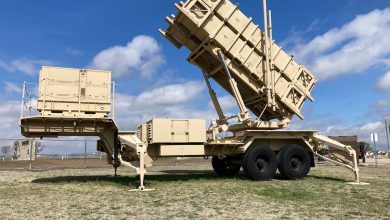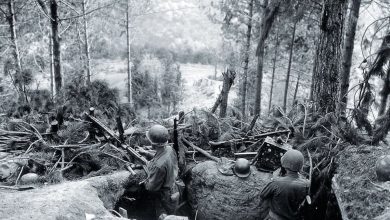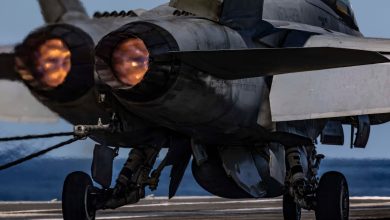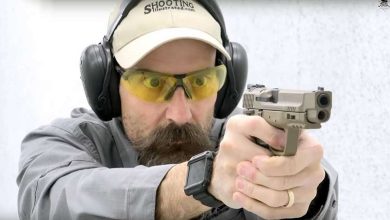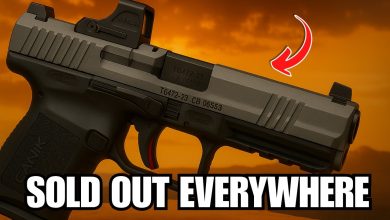What Is Concealed Carry?
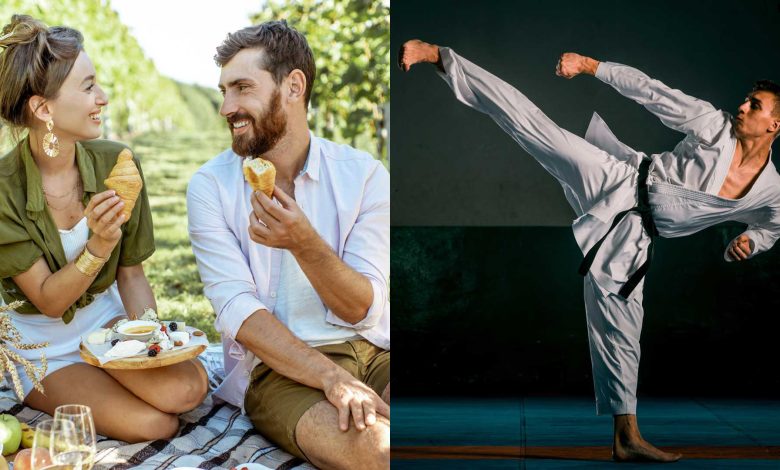
I’ll admit that at first glance, the question of what is concealed carry seems a bit silly. It’s having a discreet defensive firearm on you in public where allowed by law. Duh. How that process of carrying concealed is accomplished, though, is a bit tricky, as it means making significant alterations in what you wear and how you act. Even something simple, like having a small pocket gun or off-body carry means changes to your wardrobe, such as making sure you are wearing clothing that permits easy access to your pistol or using a bag with a dedicated gun-storage area. It also means altering your behavior and avoiding situations that might put you in excessive amounts of danger, aka Farnam’s Rules.
Concealed Carry Is A Lifestyle
This sort of thing is what we mean by “The concealed carry lifestyle,” because changes in our clothing and how we act are fundamentally changes in our lifestyle. These don’t need to be huge changes, but they do need to be consistent changes. Carrying your firearm only when you think you’ll need it is kind of silly. I mean, if you think you’ll need a gun to go somewhere, why are you going there in the first place?
Rather, if anything, concealed carry is a habit. We get in the habit of buckling our seatbelts when we start the car. We get in the habit of regular health-care checkups. In that same way, we get in the habit of carrying a firearm with us, because when we will need it is not our decision to make.
No, Concealed Carry Is A Martial Art
Let’s pause for a minute and consider another definition of concealed carry. Rather than thinking of it as a lifestyle, let’s assume that it’s a martial art. Why? Well, consider this. Most of the world’s great martial arts have one thing in common: They were created to give the common people some way of fighting back against rampant crime and corruption. Kung fu was created as a means of defense against warring bandits, and karate was created in Okinawa for much the same reasons. Poke into the history of almost any fighting art, and sooner or later, you’ll find that the common people got tired of getting robbed all the time, so they decided to do something about it and created a martial art.
And this is different from concealed carry… how?
If concealed carry is a martial art, then it goes beyond being a habit and becomes a skill to be practiced and mastered. More than just having a gun with you every day, it is transformed into a quest for perfection. Things like faster split times and a quicker draw become goals to achieve in order to create a surplus of skill that can be drawn upon when needed.
Hang onto that “surplus of skill” phrase, as it will be important later.
Concealed carry as a martial art is a good thing, and I count myself among those who consider it to be a skill to be mastered. I am on a quest to achieve a classification of “Master” in IDPA, and that quest has required rigorous attention to practice, training and gear selection, attention that goes far beyond just having a gun with me every day. I see it as being just as much fun as golf or softball or some other sport that middle-aged men get into, except it has the added benefit of making me safer in my everyday life. Beats the heck out of chasing after a ball with a crooked stick in my hand, in my opinion.
Maybe It Can Be Both
So now we have a dichotomy: What is concealed carry? Is it a lifestyle, or is it a martial art? Can it be both? Well, maybe.
Let’s return to that “surplus of skill” phrase and see what it might mean when it comes to concealed carry. We’ll begin by trying to define a deficit of concealed carry skill. I mean, if you have a surplus of skill, at some point, you must have a deficit of skill as well. If the goal of concealed carry is to be able to quickly and effectively respond to lethal force, then a deficit of that skill is not being able to do so. In other words, not having your gun when you need it.
The numbers tend to back this up. Tom Givens is one of the most influential trainers of the past few decades, and his students have a 68-0-3 track record in armed encounters. 68 wins, zero losses and three forfeits when a lethal force encounter happened, but his student did not have a gun available for use. This is reinforced by the fact that in more than four out of five lethal force encounters, the bad actor halts the attack once a gun is presented, so yes, I think we can say that having a gun on you at all times and being able to get it into play when needed is a baseline skill for both the lifestyle and martial art of concealed carry. Anything less is a deficit of skill.
The question then becomes, how much of a surplus of skill are you willing to build up? For the martial artist, there is no upper end on this answer. We choose to pursue a sub-second draw and 50-yard headshots as a means to not only survive a defensive encounter but dominate it as well. To my fellow travelers on this road, I say, “Keep it up.” There are also those who say “Ok, I’ll play the odds here and carry my gun, and maybe get some training to be more than just average. However, I am not willing to commit the time and resources needed to reach those lofty goals,” and man, can I understand that idea.
Which of these attitudes is correct? I say, if you’ve committed to carrying a pistol whenever and wherever you can, take regular training classes and practice repeatedly, you’re more than doing your part. Keep it up, and may you never need to use the skills you’re learning.
Read the full article here




